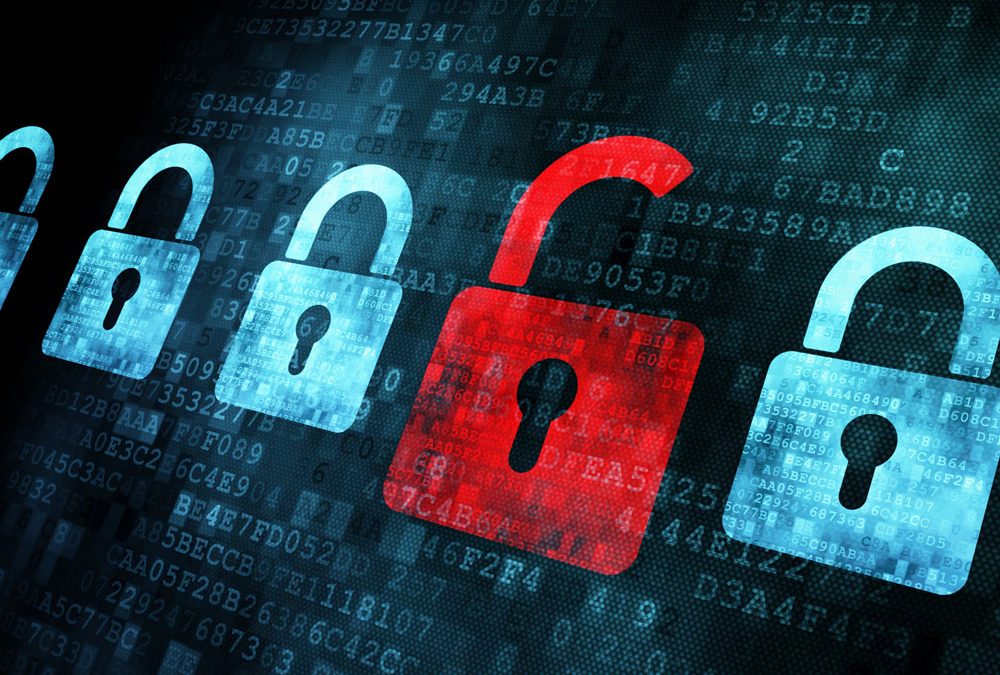With more data than ever being collected, analyzed, managed, and stored, keeping the data as well as the business’s systems secure is a priority leading into 2018, and beyond. According to statistics, more than 50% of cyber breaches are due to human rather than technical error. Read on to learn more about creating a culture of cybersecurity by educating and training your staff.
Training Employees to Create a Secure Culture
According to a CompTIA report, creating a culture of cybersecurity starts with management. Preventing data breaches means more than simply meeting legal requirements; cybersecurity should be part of a bigger risk-management strategy. Another key piece is educating employees on their role in creating a secure culture. Educating and training employees should occur on more than one front. First, employees need to recognize threats as they occur, threats such as phishing schemes and ransomware, attacks designed to steal passwords and hold data hostage. While cloud computing has ushered in wonderful capabilities–such as the ability to work anywhere at any time– it also brings security risks by changing the business’s security perimeter. Employees working outside the office should be aware of the possible dangers of unintended eavesdroppers and unsecured mobile “hotspots.” Additionally, management should educate their staff about establishing and maintaining strong passwords that can’t be stolen.
Establish Procedures for Responding to Data Breaches
Another aspect of establishing a culture of cybersecurity is training employees to respond to a data breach if one occurs. Establish clear policies of reporting malware, phising and other security hazards, and make sure employees aren’t afraid to report problems. Also, be clear with employees about processes for escalation to management.
Your employees are the front line in keeping your company’s data and systems secure, and they are an integral part of a culture of cybersecurity. Contact your trusted technology advisor to learn more today.

